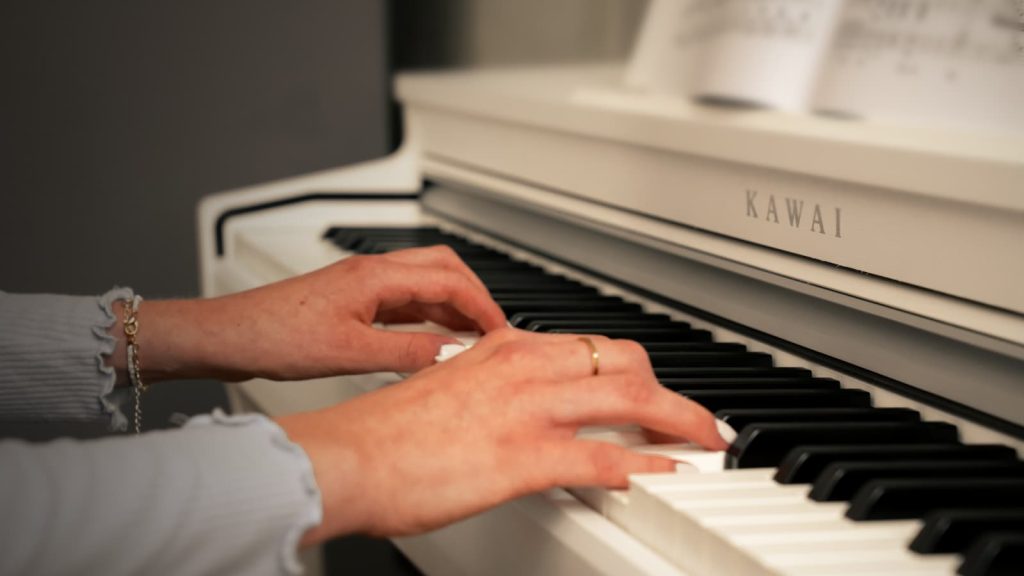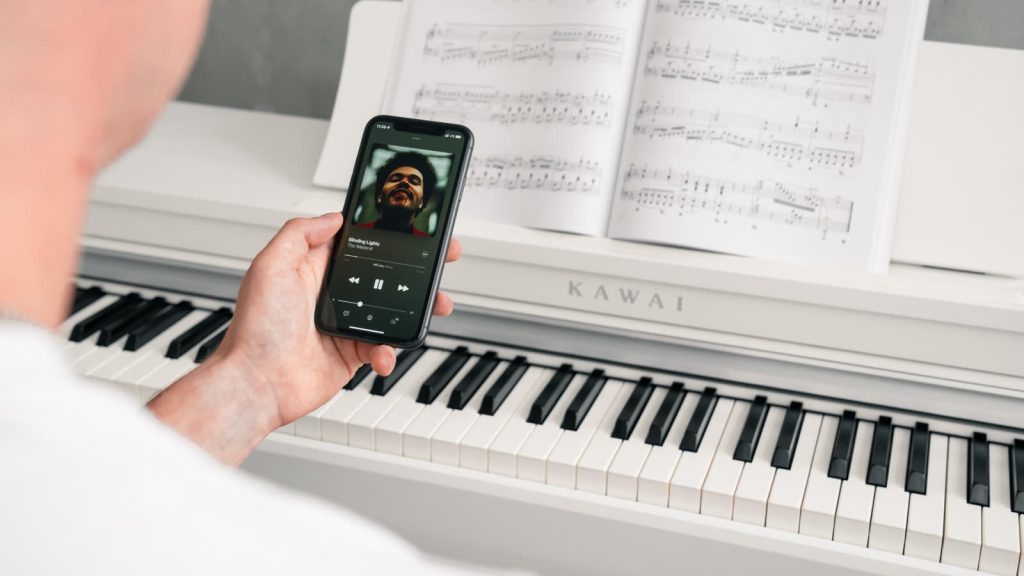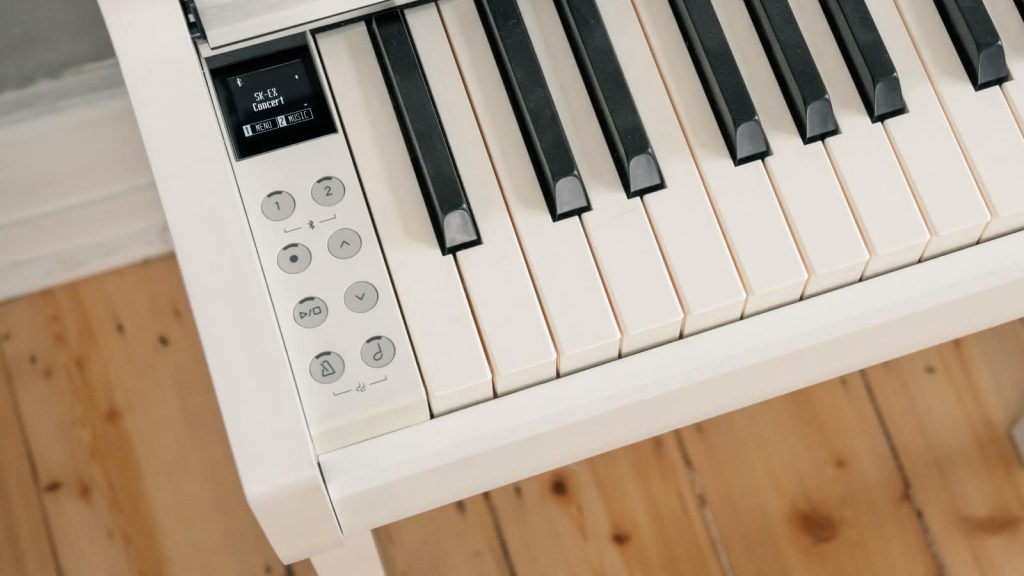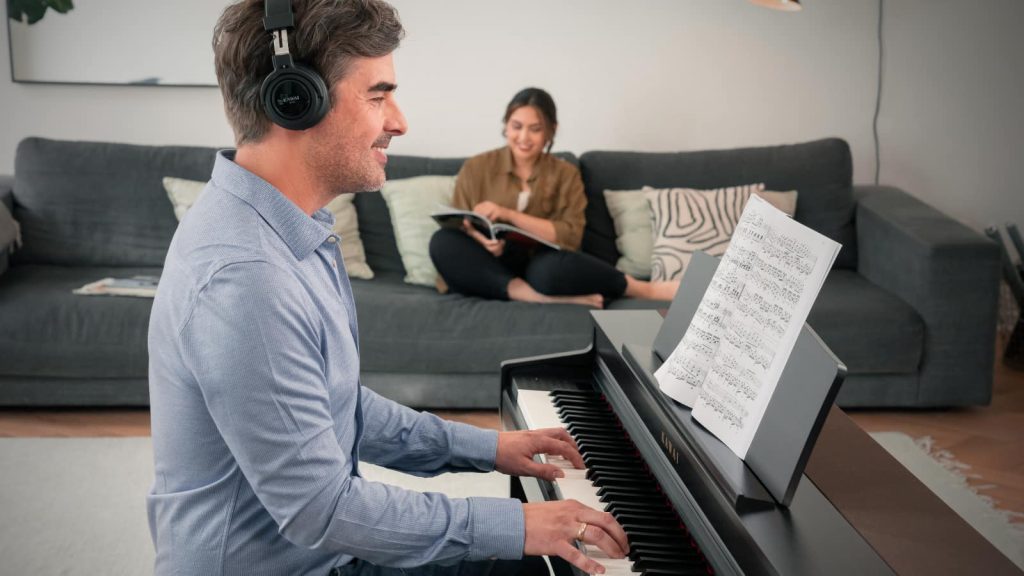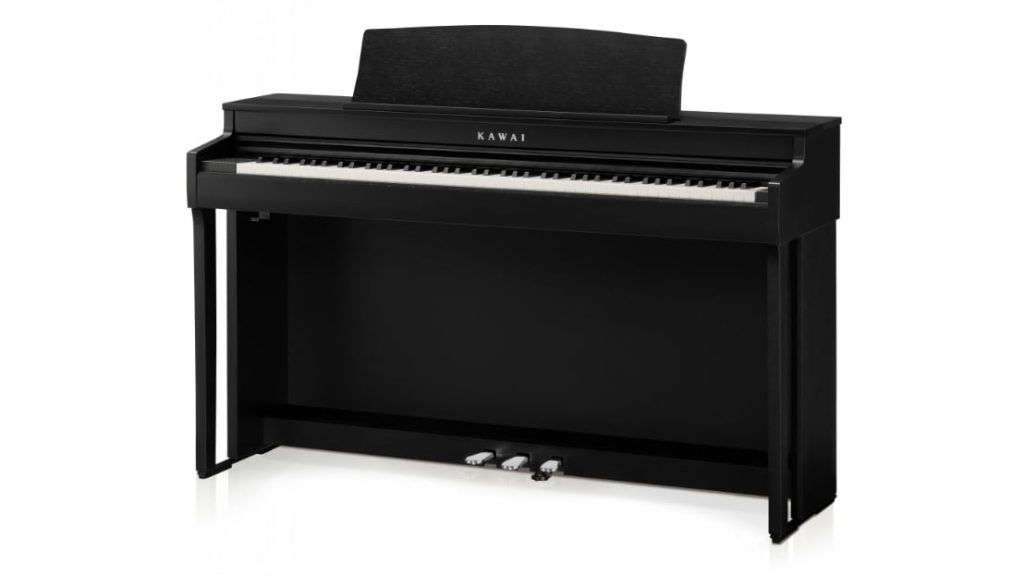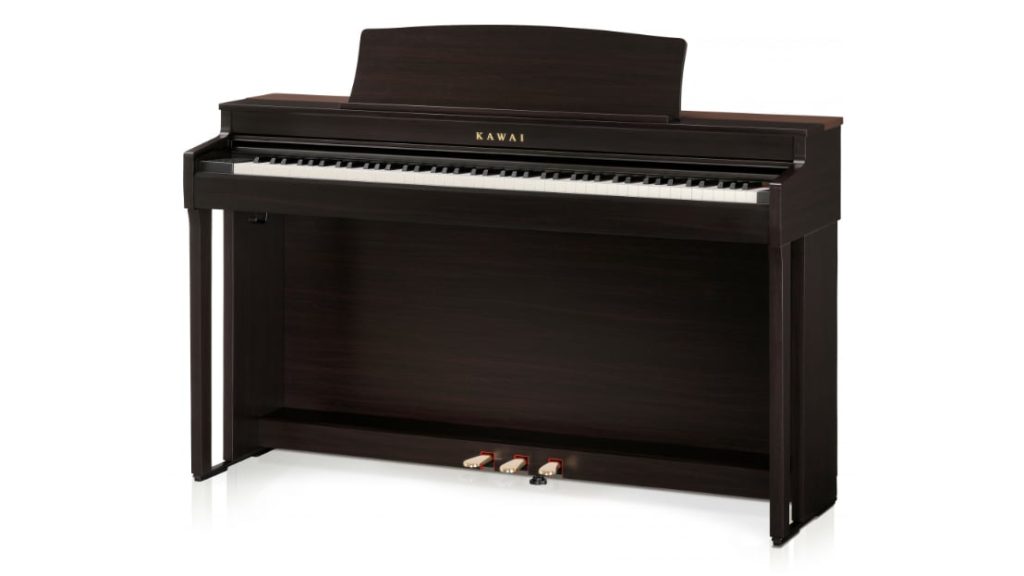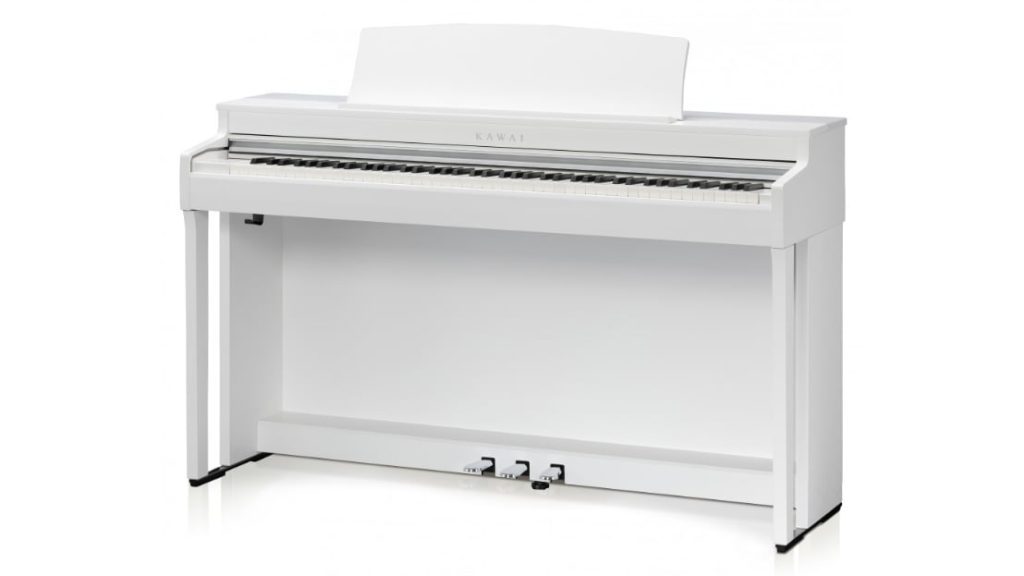Sound Variety in the CN Series
Alongside their acoustic grand piano sounds, both CN models also include an upright piano. This sound is clear and well-defined, avoiding any muddiness or odd tones. It complements classical music beautifully but also excels in pop, singer/songwriter, and neo-classical genres.
The CN series includes a range of electric piano sounds, featuring iconic vintage keyboards such as the Fender Rhodes, Wurlitzer, and DX7. The quality of these sounds is once again excellent. Additionally, there are various organ sounds tailored for jazz, gospel, and church music. The Kawai CN-301 takes this a step further with even greater detail, including sacred organ sounds like Diapason and Diapason Octave.
Strings, pads, choir, guitar, and bass guitar complete the range. The selection differs slightly between models: While the CN-201 offers 19 sounds, the CN-301 lets you choose from a total of 45 sounds.



